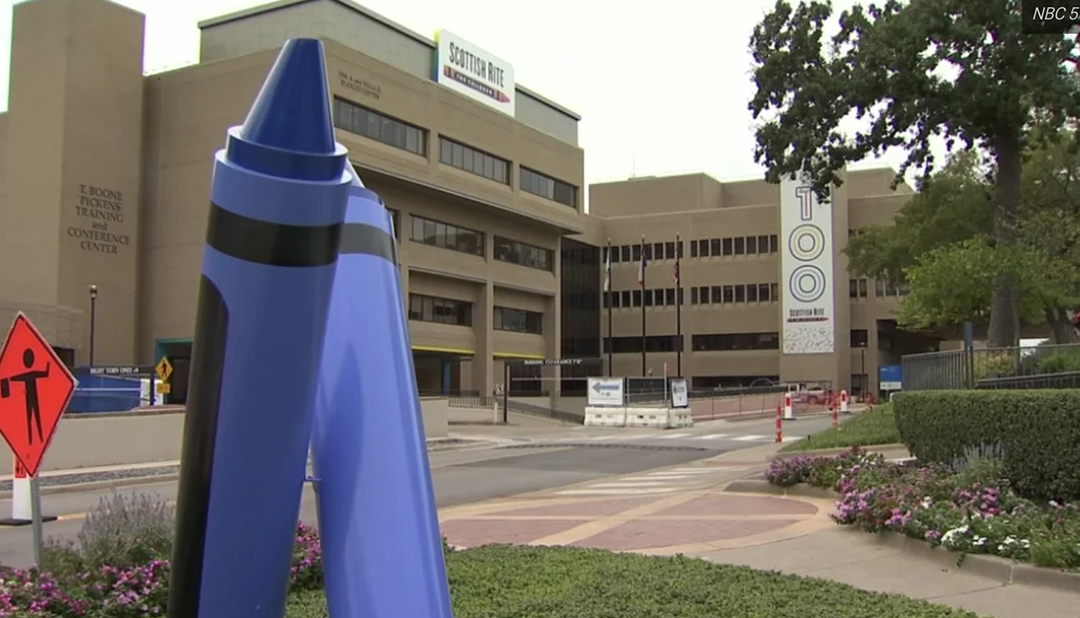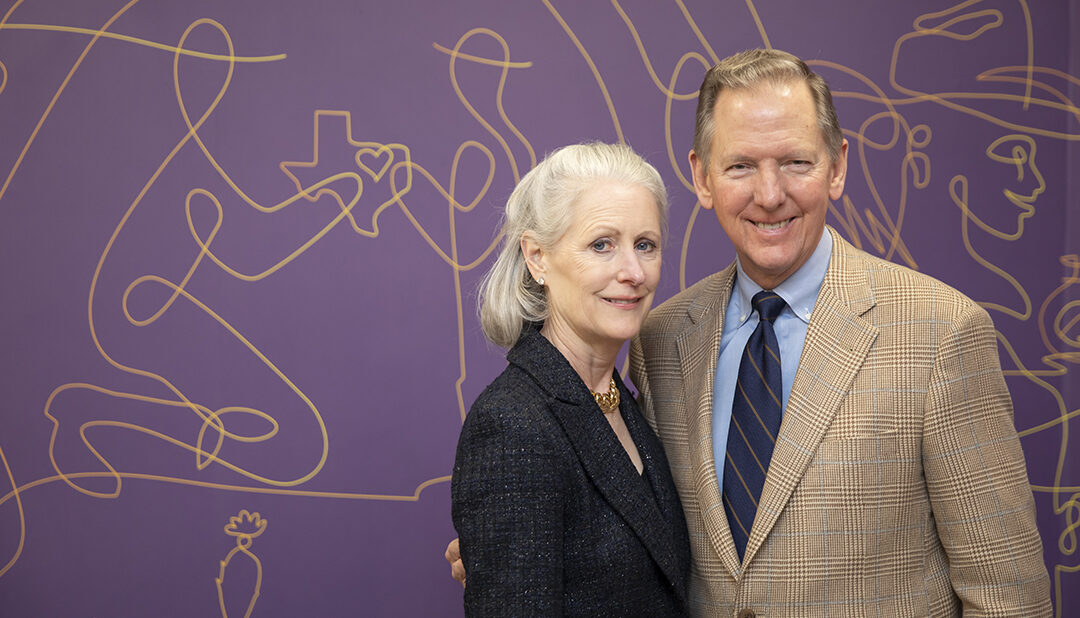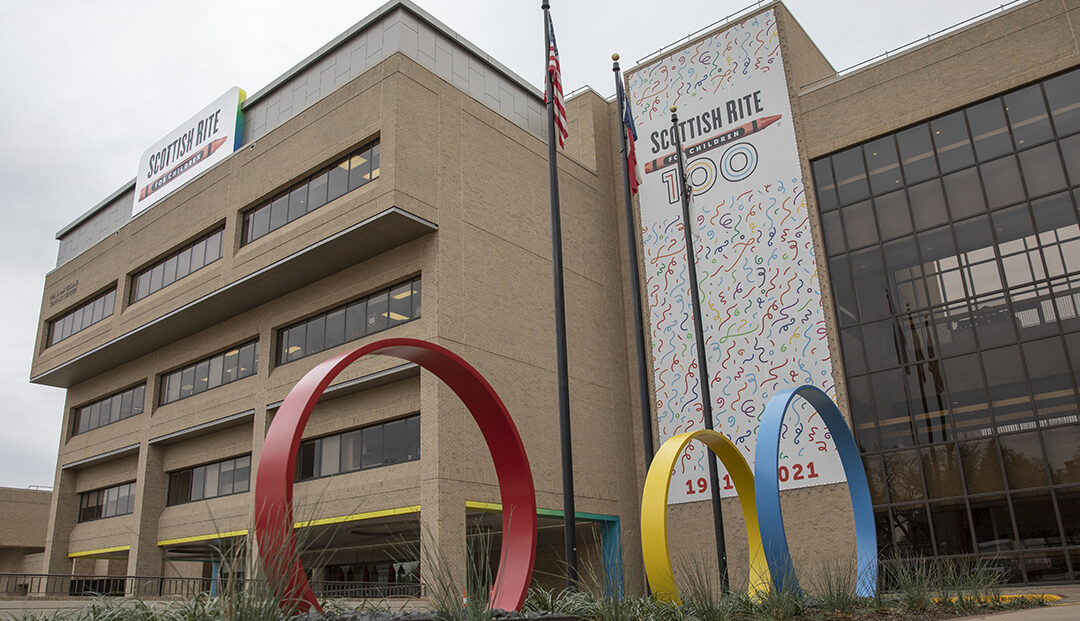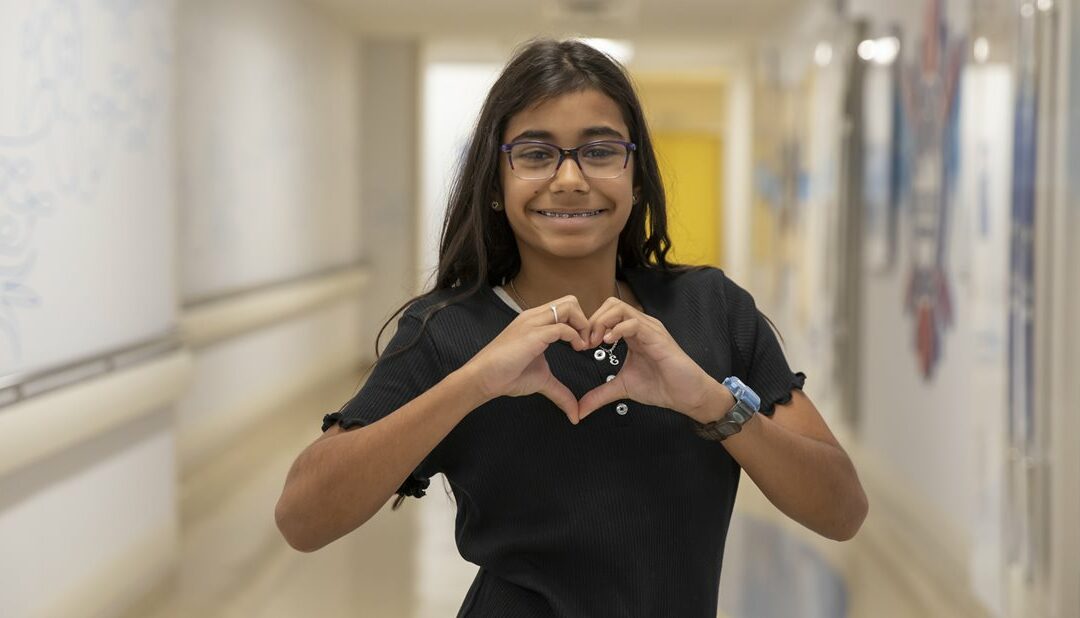Article previously published in Rite Up, 2022 – Issue 1.
Scottish Rite for Children is not the only organization celebrating a major milestone. Twenty years ago, H-E-B opened its first Central Market in Dallas at Lovers Lane and Greenville Avenue. Another connection between the two — sharing an unwavering commitment to help strengthen the communities they serve. H-E-B/Central Market and its president, Stephen Butt and his wife, Susan, have worked with Scottish Rite for Children for many years
“The quality of the team and the clarity of its mission have made it very easy to build the strong partnership with Scottish Rite that we have now enjoyed for the past 20 years,” Stephen says. “Our relationship began to grow as we saw firsthand the strong care and compassion they showed for these children and families — a long-standing trait of Scottish Rite.
The Butts and H-E-B/Central Market have been steadfast community partners to cities around Texas. Donating 5% of pre-tax annual earnings to charitable organizations, the company has given more than $10 million to the surrounding areas
”The amazing depth and breadth of Stephen and Susan’s unyielding commitment is remarkable,” Vice President of Development Stephanie Brigger says. “They’ve provided strong leadership for our special events and introduced countless friends to Scottish Rite.
In 2012, the Butts and their good friends Betsy and Richard Eiseman, Jr. were co-chairs of Scottish Rite’s signature event, Treasure Street. Behind the scenes, the couple has hosted fun-filled patient activities as well as provided tremendous support to our staff. “They have gone the extra mile over and over again,” Brigger says. “They have catered and served delicious meals to our teams and given overflowing bags of groceries to brighten the holidays for our staff and their families.
For more than a decade, Central Market has hosted The Foodie Classic Golf Tournament, which provides H-E-B/Central Market suppliers an opportunity to support Scottish Rite as well. The tournament has raised more than $1.2 million directly benefiting patient care
“Susan and Stephen Butt have been wonderful friends of Scottish Rite,” Assistant Chief of Staff and Foundation President Karl E. Rathjen, M.D., says. “They have always been ready to ‘answer the call’ for our patients and their families. Their loving, inclusive leadership is reflected every time you step into Central Market. I am always amazed at the similarities of our two organizations’ team members — great people who love what they do and go out of the way to serve others!
“Scottish Rite for Children holds a special place in the hearts of its many supporters,” Stephen says. “We are proud of the relationship we are building with Scottish Rite, through H-E-B/Central Market as well as personally, and we look forward to our partnership with Scottish Rite continuing to grow into the future.
Congratulations to H-E-B/Central Market as it has broken ground on four new H-E-B locations in Plano, Frisco, McKinney and Forney. We are grateful for the support of Stephen and Susan Butt and H-E-B/Central Market and can’t wait for the next 100 years of serving the community united together.
Read the full issue.




